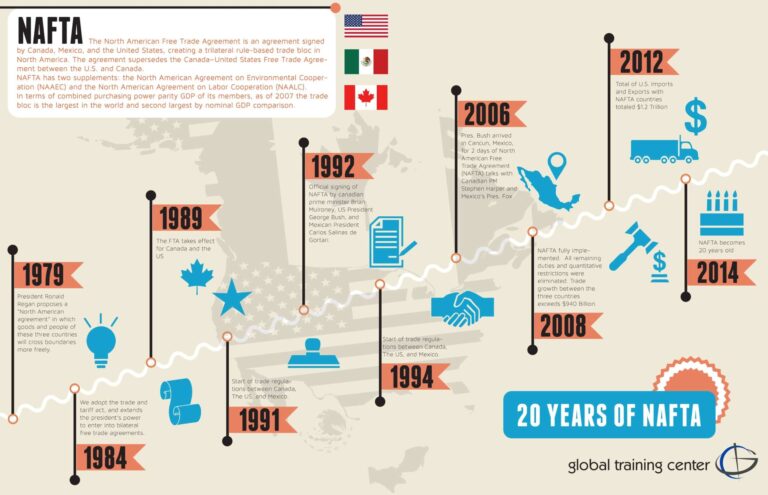NAFTA Indirect Materials Ruling
I do a lot of NAFTA-related work. At least I do this week. It remains to be seen whether that changes soon. Secretary of Commerce designee Wilbur Ross told the Senate committee considering his nomination that his top priority would be renegotiating NAFTA. So, this may all change. As we sometimes have to tell clients, the situation is fluid.
In the meantime, the NAFTA rules of origin continue in place. Often, for a product to qualify as originating, it must have a Regional Value Content of 50% when calculated with the net cost methodology or 60% when calculated with the transaction value methodology. There are exceptions, especially for automotive products. You need to check the rule applicable to your product in HTSUS General Note 12.
Sometimes, producers are close but cannot hit the required RVC. There are a few means provided in the regulation for adding to the RVC. One of the best is the designation of a self-produced material as an intermediate material. HQ H273100 (Jan. 6, 2016) is a good example of how that works.
The producer was making starter motors for lawn tractors in Mexico. As part of that process, it also made the DC motor at the heart of the starter motor assembly. The starter motor is classified in 8511.40.00 and is subject to an RVC requirement because not all of the non-originating materials make a required tariff shift under the applicable rule.
The DC motor is classified in 8501.32. If the producer thinks just about the finished motor assembly, all of the non-originating materials in it make a qualifying change in tariff classification. That means the motor would if certified separately, qualify as originating.
The useful thing to know here is that Part III, Section 6(4) of the NAFTA Rules of Origin Regulations provides (in the relevant part):
Except as otherwise provided in section 9 and section 10(1)(d), for purposes of calculating the regional value content of a good under subsection (2) or (3), the value of non-originating materials used by a producer in the production of the good shall not include
the value of any non-originating materials used by the producer in the production of a self-produced material that is an originating material and is designated as an intermediate material.
As a result, and as Customs and Border Protection confirmed in this ruling, the value of non-originating materials used in the production of the motor is not counted toward the value of non-originating materials when doing the RVC calculation for the starter motor. It does go in the net cost. That means the total value of the motor is treated as originating, despite containing non-originating materials.
This rule makes perfect sense. The motor sub-assembly could have been purchased from a third party. If that third party used exactly the same supply chain and production process, it would have been able to certify the motor as originating. The purchaser of the DC motor would not have been penalized for any non-originating material in the motor. The intermediate material rule recognizes that a vertically integrated manufacturer should not be at a disadvantage.
The wrinkle here is for automotive goods. The references in the regulation to section 9 and section 10(1)(d) cover that. For light-duty automotive goods, the net cost methodology is modified to require a higher RVC and “tracing.” Tracing means that the value of non-originating materials includes the value of certain designated materials, even if they are in a sub-assembly. That non-originating value must be captured and brought forward for the RVC calculation. A similar limitation applies to heavy-duty automotive components, component assemblies, and sub-components.
If you are having trouble getting to the required RVC, look for self-produced sub-assemblies in your bill of materials. There may be enough value there to get your product over the hump.








